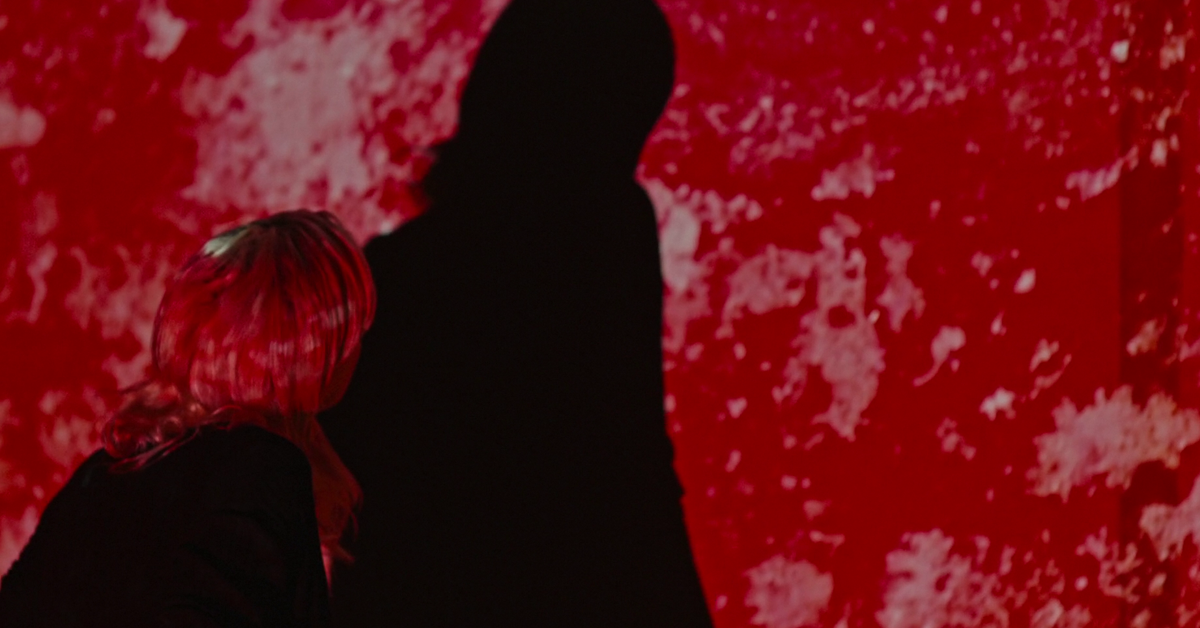
By Sharon Jane Mee and Bill Hunt
[Content Note: This post contains shots from films depicting blood and gore]
One of the things that became apparent to me as I was writing my book, The Pulse in Cinema: The Aesthetics of Horror, is that the pulse is in the viewer’s body as much as it is in the image. This means that finding the pulse in cinema is an intimate enterprise found in those moments of viewing a film when your own body is moved, palpitated, or jolted into throbbing turmoil. It is thus really interesting to think beyond my own ‘pulse’ to consider the ‘pulse’ of others. Bill Hunt, artist of the cover image of my book and horror aficionado, has kindly submitted some of his ‘pulse’ moments alongside my own. Here are 10 shots from films that, for us, exemplify the pulse. These are all examples that are outside of those examined in The Pulse in Cinema: The Aesthetics of Horror:
1. Darren Aronofsky’s Requiem for a Dream (2000)
The escalating rhythm of split screens, continuous takes from handheld cameras, and moving bodies lends this film a rhythmic pulse.
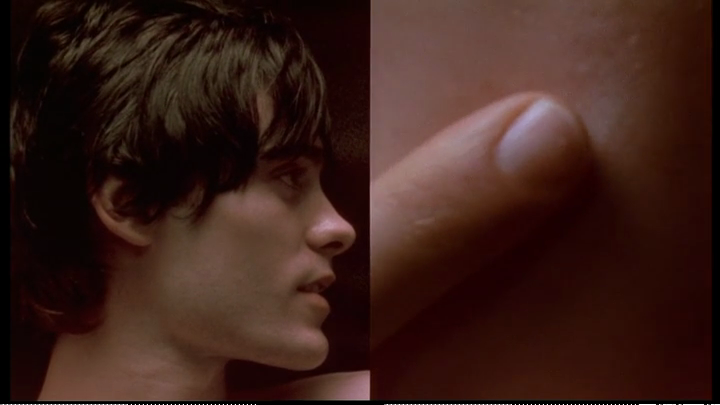
2. Steve Miner’s Friday the 13th Part 2 (1981)
Simple and formulaic as they may be, the Friday the 13th series always delivers, but to pick one pulse-quickening moment, it would be from the first sequel, as the character Scott (Russell Todd) has his throat slit while hanging upside-down. The shot is mere frames, but there is a first small spurt of blood followed by a larger second. One spurt and you have ‘gore’ … add a second and you have ‘pulse’.
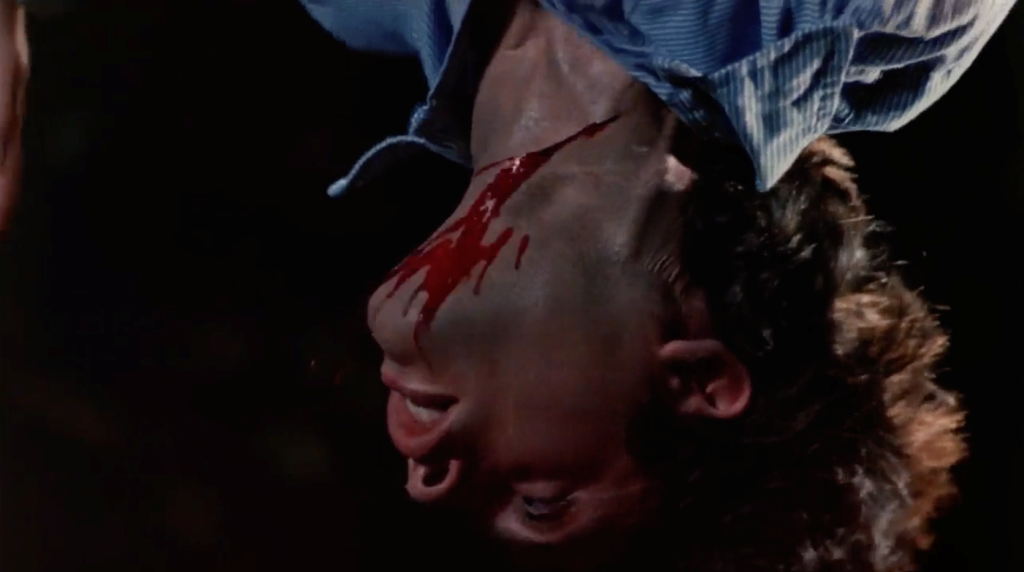
3. Paul Morrissey and Antonio Margheriti’s Flesh for Frankenstein (1973)
This film’s man-made monsters – and strange eroticism – are exemplified in the closing sequence by the science-experiment of a disembodied beating heart that beats out a forlorn rhythm.
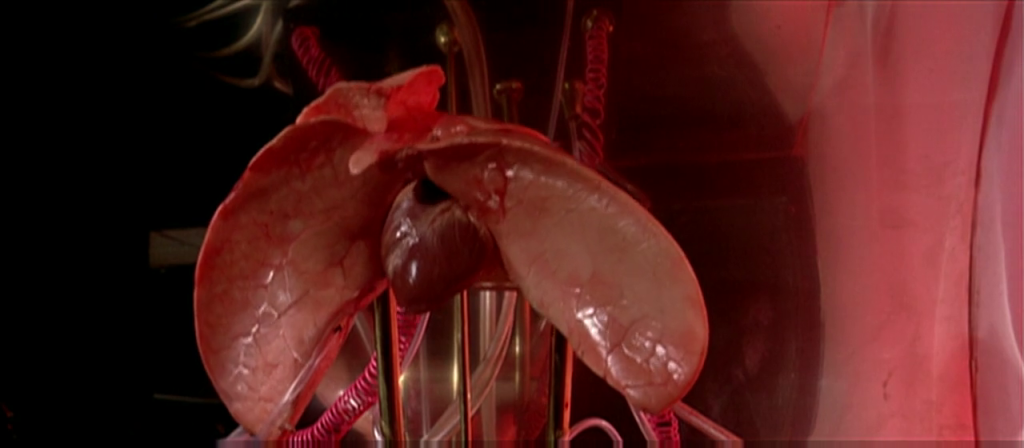
4. John Carpenter’s Prince of Darkness (1987)
While the best representation may be in John Carpenter’s remake of The Thing (1982), I instead want to draw attention to the masterful score for this later effort. The foreboding, pulsing electronic dread that is conjured through the 10 minute opening credits elevates the remaining 90 to make this one a really fun ride.

5. Hélène Cattet and Bruno Forzani’s The Strange Color of Your Body’s Tears (2013)
Beyond the neo-giallo murder scenes wherein the bodies of victims are creatively sliced and stabbed and discovered by protagonists/detectives in grandiose architectural settings, the pulse can be found in a room in a Brussels apartment that breathes and bleeds; Paul listens with a stethoscope.

6. Sidney J. Furie’s The Entity (1982)
The brutal attacks suffered by Barbara Hershey’s character are made into an excruciating shared experience of endurance with the viewer thanks to the harsh, pounding ‘music’ of these scenes.
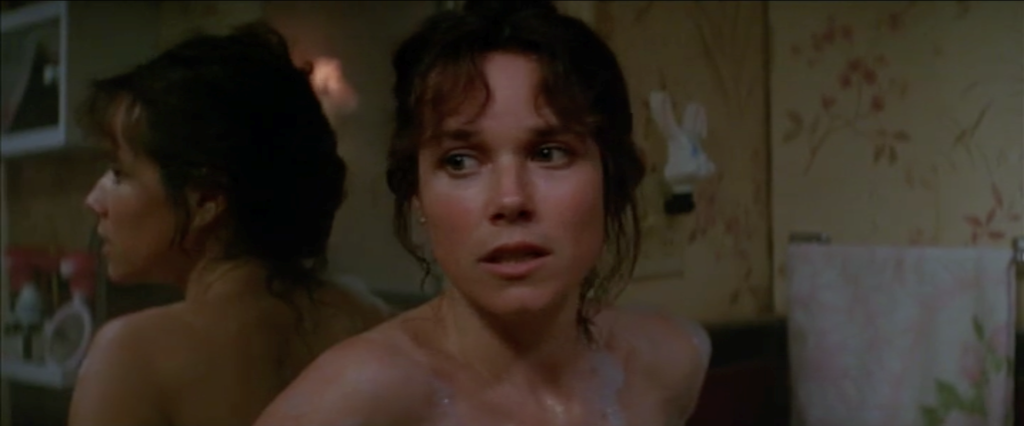
7. Peter Strickland’s Berberian Sound Studio (2012)
The breathing, sighing, whispering, and screaming of voice actresses in the making of an Italian ‘horror’ film delivers a hauntingly aural and affective experience for the spectator. The screams of Silvia (Fatma Mohamed) when she screams herself to exhaustion are comprised of pulsating vibrations of sonic intensity. The pulse is found in this enveloping aural register that brings focus to the breaths, sighs, and whispers that escape from the spectator body during the viewing experience.

8. George A. Romero’s Day of the Dead (1985)
The conclusion of George A. Romero’s original zombie trilogy, Day of the Dead (1985), manipulates the blood pressure in multiple ways: from the pulsing electronic soundtrack to the evocative heartbreak that inspires empathy for the hero zombie ‘Bub’ (Sherman Howard, credited as Howard Sherman) to – coursing in torrents from fresh wounds – some of the best, richest-looking blood in the history of horror cinema.
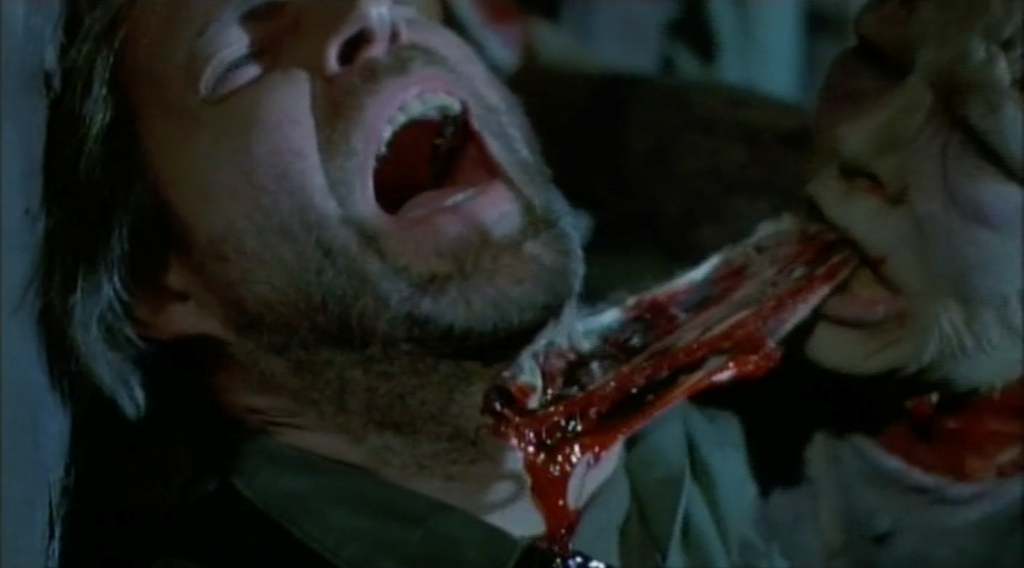
9. Brandon Cronenberg’s Possessor (2020)
The glorious red of blood imprinted on the body of Tasya Vos (Andrea Riseborough): is this the guilt of hurting others that I feel? The red of blood in this scene ‘exposes’ the operation of the pulse and the blood that circulates unseen in the body. The intensity of colour has the affective intensity of sensation for the spectator.

10. Luca Guadagnino’s Suspiria (2018)
This remake culminates in over 15 minutes of red tint, raw sensuality, rhythmic dancing, and literal exploding geysers of blood. To paraphrase the 1979 film Phantasm’s tagline, if this one doesn’t make your pulse race, you’re already dead!

Which films jolt your pulse?
About the authors
Born in Nashville, Tennessee, Bill Hunt was raised on a steady diet of fright flicks. A career in makeup effects on films from Jason Goes to Hell (1993) to Lord of the Rings (2001–2003) has led to life as a horror artist.
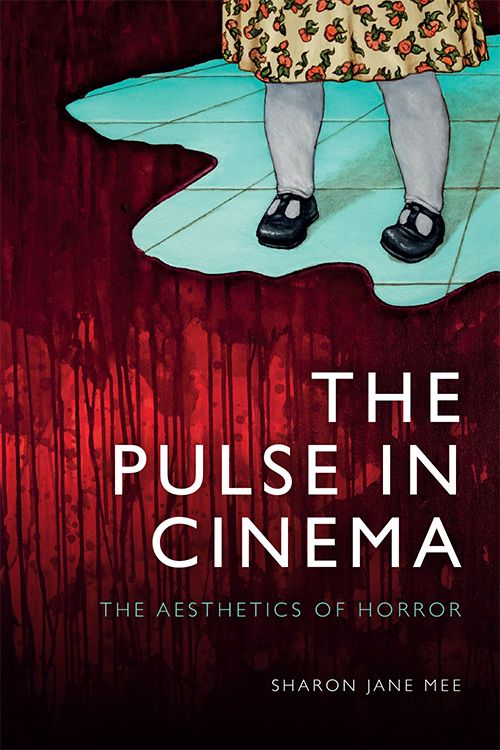
Dr Sharon Jane Mee is Adjunct Lecturer in Film Studies at the University of New South Wales, Australia. She is author of the book, The Pulse in Cinema: The Aesthetics of Horror (Edinburgh University Press, 2020), and has had work published in journals Screening the Past, SubStance, and Film-Philosophy.


